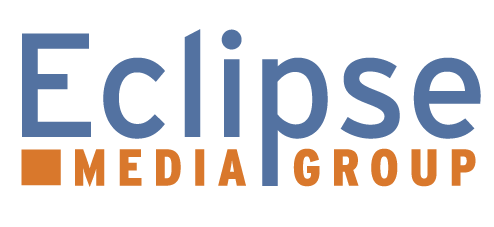What’s the Value of Public Relations?

By Chelsie Woods
Have you ever heard the saying “if a tree falls in the forest and no one hears it, did the tree really make a noise?” That is the question you should be asking yourself about your business as it relates to public relations.
What if your company makes the best device in the market, but no one knows about it? Public relations is an important tool that when used properly can ensure customers know who you are, what you sell and to help maintain a favorable public image. All of these are critical components to the success of a business.
There are many different kinds of public relations activities beyond the traditional press release. Social media opportunities, interviews with the media and even direct communications to customers can all help to support efforts to develop a positive view of your business with customers and within your industry.
Perhaps one of the biggest pieces of advice about public relations is making sure your company and subject matter experts are part of the conversation. This can include being interviewed by a reporter who is penning an article on the latest trends in your market or taking advantage of new product opportunities that many trade publications offer. If your competitors are part of these conversations, and your business is not, that is a lost opportunity.
Just like being included in industry editorial coverage, companies should also be part of the conversation on social media. With platforms such as LinkedIn, Twitter and Facebook there are several different ways to favorably promote your business and products for exposure to people both inside your network and also outside your network when liked and shared by others.
Did your business recently win an award for innovation in your industry or get recognized as being one of the “Best Places to Work” in your local area? Share these good news stories on your company LinkedIn page. Was your director of business development recently quoted in an industry article? Share that article on Twitter by including a link and tagging the publication.
Creating a digital newsletter to send to current and prospective customers is another valuable public relations tool that can cost little money but can provide big returns. Direct email marketing can drive traffic to your website and also educate customers about your newest offering or offer other valuable content, such as how to articles or insights on other happenings in your market. What is great about this tool is that many email marketing platforms can track how many people open your email and how many click on a link, providing valuable opportunity for a direct follow-up.
The more your customers see the name of your business as part of a editorial coverage about your industry, on social media or in their inbox alongside other helpful information, the more they will remember you and your business. Repetition is an important part of public relations and marketing.
When you take the time to consistently and favorably promote your business, customers will remember you and what you do, translating into sales opportunities. That is the value of public relations.
